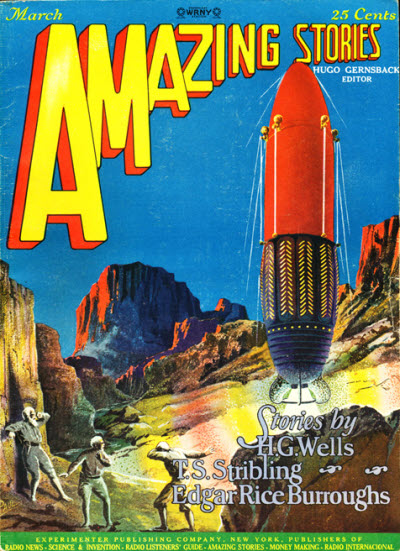The article covers both some general and specific aspects of the drug store trade in Birmingham at the time. Between 40 and 50 such stores were operating in the city depending on the ups and downs of the local economy. Five of these stores are discussed: Parker's, Patton-Pope Drug Company, Gunn & Gambill, Jacob's and Collier's. Although pharmaceuticals and such provide good income, "they are secondary considerations" to the soda fountain food and drinks also offered. At Parker's, just purchased by Gunn & Gambill, a large newstand was also available.
Many of the places served sandwiches, "...all made by the same person, a woman who gets telephone orders at night and delivers the goods next morning through a corps of little boys. Only one kind is sold. It is a turkey sandwich with a pungent dressing somewhat resembling chili sauce, and is distinctly good. Each sandwich is wrapped in a waxed paper and is served in this paper on a saucer, without knife or fork. At the most carefully tended fountain the attendant partially unwrapped the sandwich so that it lay on the plate with the paper beneath, but ready to the hand of the customer. In the others the package was thrown down in any sort of fashion on the saucer. The sandwiches cost six cents delivered, and sell at ten cents each."
The soda man at one of the successful stores noted how sandwichs brought in customers during slow times. Busy times included lunch hours between noon and 2 and then after the nearby theaters released their patrons. At the busy times store menus were taken up so customers would not waste time perusing them.
The soda fountain in Parker's extended the full length of the store and had 26 tables in addition to the counter space. Three adult men and three or four boys available during the busy times worked the fountain.
Considerable space in the article is devoted to Jacob's Pharmacy with it's brand new "thirty foot soda counter" and fixtures. The store also featured a private room on the upper level for the fitting of trusses used for hernia patients. Jacob's heavily promoted this business, promising to refund the travel expenses for any patient who could not be properly fitted.
The anonymous author of this piece engages in a bit of wistful editorializing at the end. "We have consistently decried the commercialization of pharmacy, and cannot but view with regret the extent to which commercialism has gone in the introduction of the restaurant feature, but...it is a condition and not a theory which confronts us, and it cannot but prove interesting to other druggists in the United States to know the methods which are being pursued by the Yankees of the South who live in Birmingham."
A fascinating article "The Heyday of Drugstores in Alabama" by James Kuykendall can be found in the January 1987 issue of the Alabama Review.



































